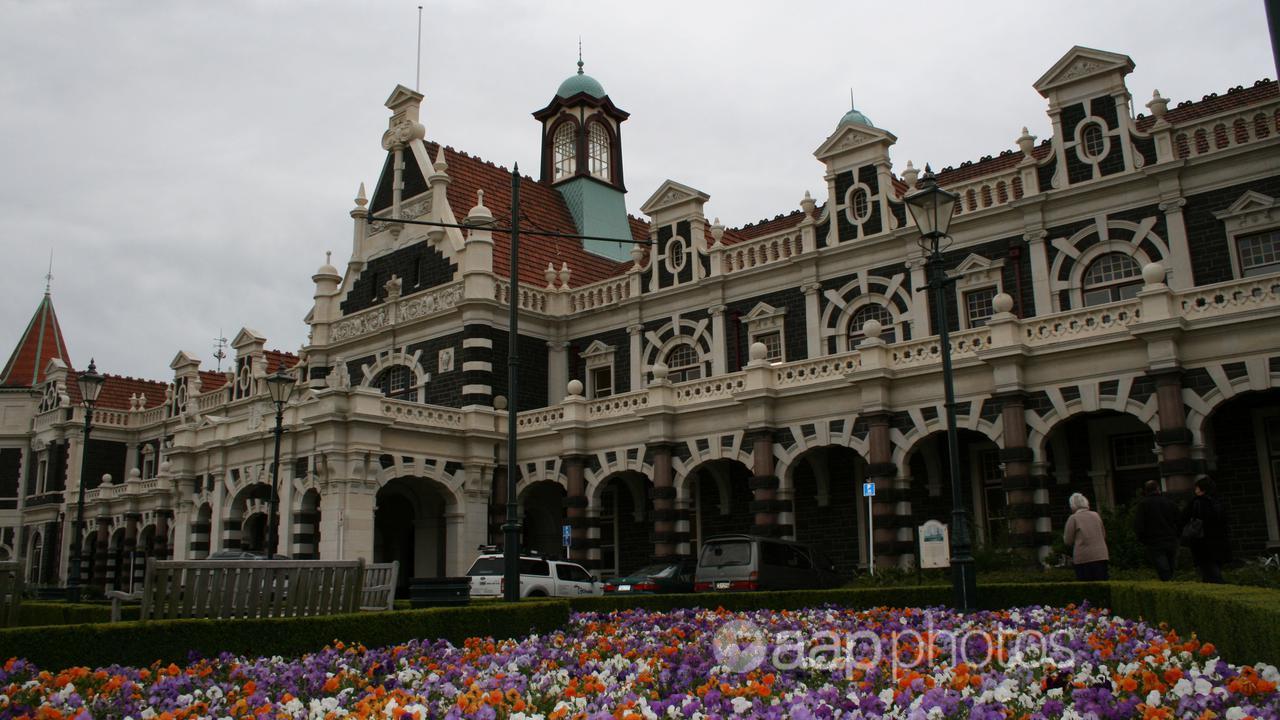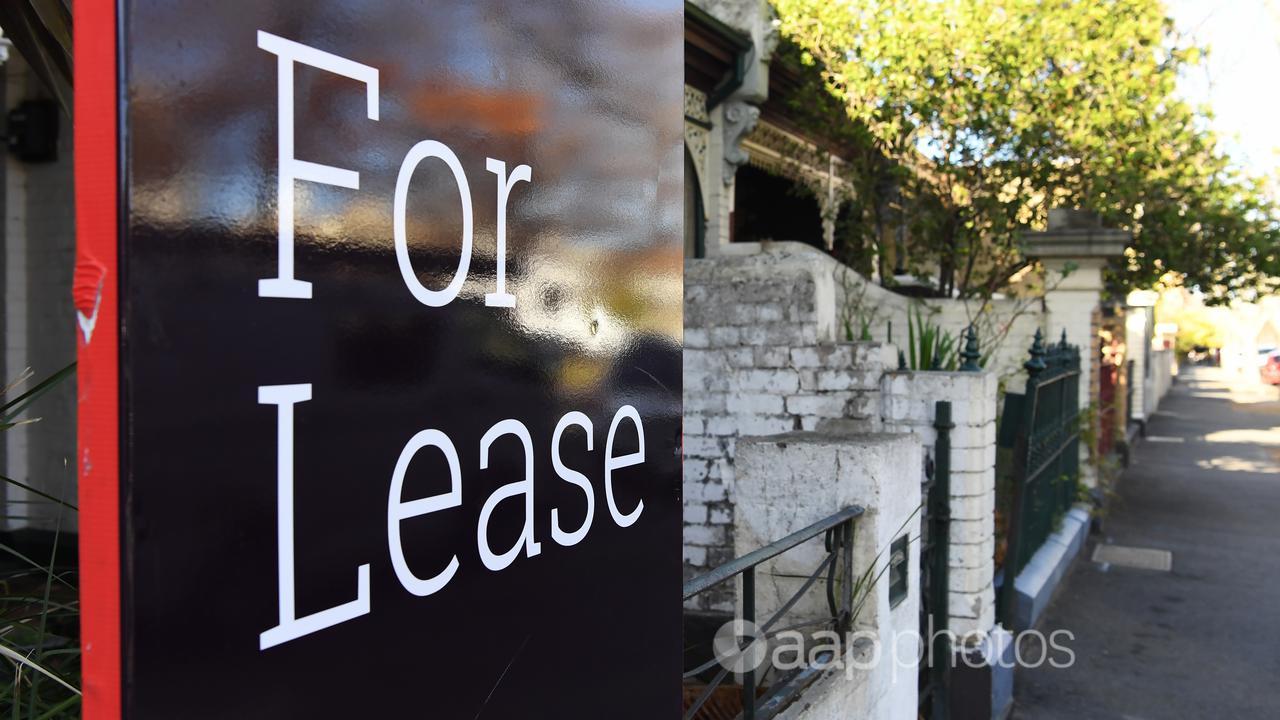As New Zealanders began a summer of “freedoms” that required proof of vaccination, some drew a link to claimed restrictions put in place during the 1918 Spanish Flu pandemic.
Facebook and Twitter posts claim Kiwis could only travel by train once they proved they had been treated in inhalation chambers using zinc suphate. However, the posts are mostly false.
Zinc sulphate inhalation chambers did exist and were used during the pandemic in NZ and Australia in an attempt to prevent infection – but there was no widespread mandate required for train travel, experts told AAP FactCheck.
The social media posts share the same core information and include a historical image of women using a communal inhalation chamber.
A Facebook post from a New Zealand account begins: “Sound familiar???? In 1918 New Zealand set up inhalation chambers filled with zinc sulfate. … In order to travel by train, people had to present papers proving that they had been treated.”
It adds that the “public were lied to and encouraged to attend these chambers”, where they inhaled zinc sulphate mist to protect against infection. In reality, the post claims, the mist caused damage to the lungs and throat.
Other posts make a pared-back version of the claim, such as this tweet with the tagline “Dr Tenpenny”, referring to prominent US anti-vaccine activist Sherri Tenpenny. Her false claims about COVID-19 vaccines have been covered by various media outlets and fact-checkers (see here, here, here, here and here).
Dr Tenpenny’s Twitter account was suspended as of the time of writing, but in early November she tweeted about the NZ inhalation chambers using the same image and text as subsequent tweets from other users.
Historians contacted by AAP FactCheck said the claim that New Zealanders needed to show they were treated at inhalation chambers before they could travel by train during the 1918 flu epidemic was not correct and was made without supporting evidence.
Professor Linda Bryder, a historian at the University of Auckland, described the claim as “rubbish” and “absolutely untrue”.
“The Health Department set up inhalation chambers with solutions of zinc sulphate but there was no way they were compulsory or a requirement for travel! Such misuse of history is appalling,” Prof Bryder said in an email.
There is no evidence of widespread mandates in news reports from the time. However, an article from the Ashburton Guardian from November 1918 makes reference to a local ruling. It states train users must “obtain a certificate from the (health) Inspector that they have been through the chamber.”
A December 1918 article in the New Zealand Herald also references the recent opening of an inhalation chamber at Rotorua railway station which all incoming passengers were required to pass through.
University of Canterbury emeritus professor Geoffrey Rice said these were isolated rulings and that Europeans (Pakeha) were otherwise unrestricted in their train travel.
“It was different for Maori, as the authorities were anxious to prevent them from travelling to attend tangi (funerals),” he said via email. “The aim was to prevent crowds and the spread of infection.”
An article on the government’s NZ History website notes Christchurch health officials introduced rules that meant Maori could only travel with a permit, however Prof Rice said to his knowledge this was not contingent on producing an inhalation certificate.
Several news outlets also carried a Press Association report about the passengers of one Sydney-bound steamship being advised they had to pass through an inhalation chamber at Wellington in order to avoid quarantine on arrival.
He also said the claim the public were lied to by the government was not true.
“From my own research on the 1918 flu in NZ, I can say categorically that the government of the day never knowingly lied to the public but did ask newspaper editors not to publish death totals so as not to panic the public. That had the opposite effect from that intended, as the absence of official figures let rumours run wild.”
A Museum of New Zealand entry notes the zinc sulphate sprays were believed to be antiseptic but it says they were ineffective against influenza and may have done damage to recipients’ throat and lung tissues. Breathing in zinc sulphate can irritate the respiratory tract, according to the US-based National Pesticide Information Center.
The photo in Dr Tenpenny’s tweet and the other posts is not of a NZ inhalation chamber. It was published in The Australasian newspaper on February 15, 1919 and shows an “inhalatorium” at the Kodak Company in Melbourne. The caption says Kodak used the inhalation system in an attempt to protect employees against the epidemic.
The Verdict
The claim that New Zealanders needed proof of zinc sulphate inhalation treatment to use trains during the 1918 Spanish flu pandemic is mostly false.
While newspaper reports from the time note at least two local rulings, experts say there was no widespread mandate. Instead, they said the inhalation chambers were voluntary and there was no mandate for train travel.
Mostly False – The claim is mostly inaccurate but includes minor elements of truth.
* AAP FactCheck is an accredited member of the International Fact-Checking Network. To keep up with our latest fact checks, follow us on Facebook, Twitter and Instagram.
UPDATE 6/1/2023 5:30PM: Verdict changed from false to mostly false and alterations made to paragraphs 2, 3, 12, 13 and 14 following the discovery of evidence of local mandates in news archives.
All information, text and images included on the AAP Websites is for personal use only and may not be re-written, copied, re-sold or re-distributed, framed, linked, shared onto social media or otherwise used whether for compensation of any kind or not, unless you have the prior written permission of AAP. For more information, please refer to our standard terms and conditions.


















